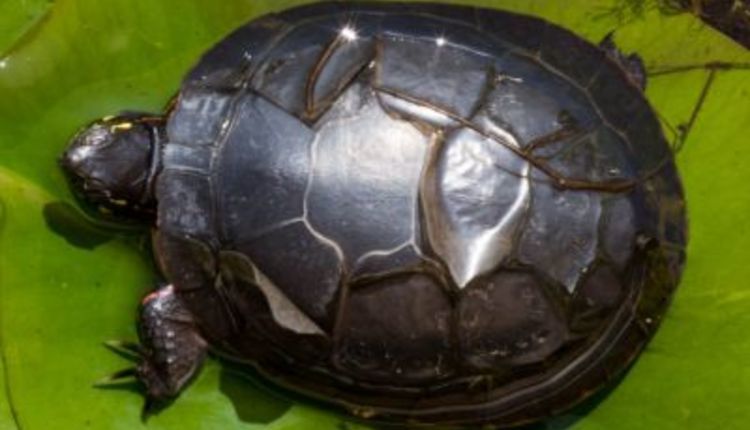In the fascinating world of baby turtles, the process of molting and shedding plays a crucial role in their growth and development. One key factor that significantly impacts these processes is hydration. The levels of moisture in their surroundings directly affect the shedding of their old skin and the growth of new, healthy skin. This article explores the importance of hydration in the molting and shedding processes for baby turtles, shedding light on the crucial role it plays in their overall well-being. So, let’s dive in and uncover the hidden secrets behind a baby turtle’s journey toward a fresh new start.
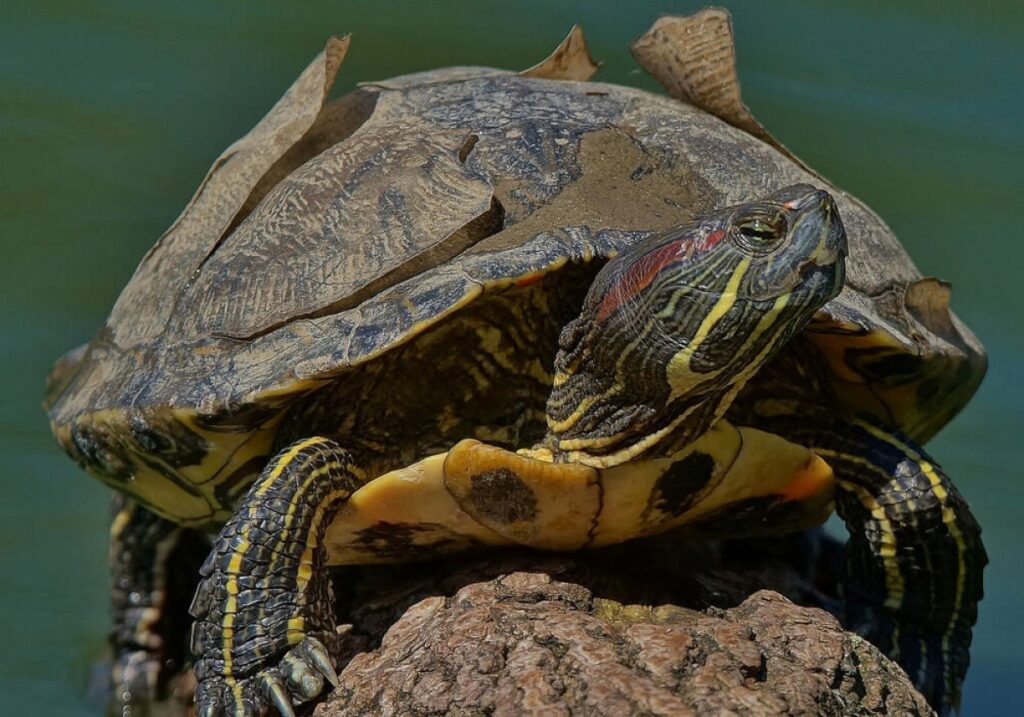
The Importance of Hydration in Molting and Shedding Processes
As a turtle owner, you understand the significance of keeping your little reptilian friend healthy and happy. One crucial aspect of their well-being is ensuring they have proper hydration during their molting and shedding processes. In this article, we will delve into the understanding of these processes and how hydration plays a vital role in facilitating them. We will explore the definition and stages of molting and shedding, as well as discuss why they are important for baby turtles. Furthermore, we will delve into the significance of moisture and water intake in facilitating molting and shedding, and the negative effects of dehydration on these processes. Finally, we will provide you with best practices for ensuring adequate hydration in baby turtles, along with addressing common mistakes to avoid. So, let’s dive right in and learn more about the role of hydration in molting and shedding for baby turtles.
Understanding the Molting Process in Baby Turtles
Definition and Stages of Molting
Molting is a natural process experienced by baby turtles as they grow. It involves the shedding of their old shell, known as the scute, to make way for a new and larger one. The molting process consists of several stages. Initially, the outermost layer of the scute begins to loosen, which allows the turtle to eventually shed it off completely. This shedding process occurs in small patches, gradually covering the entire shell. As the old scute is shed, a new layer of keratin develops, forming the turtle’s new shell.
Frequency and Duration of Molting in Baby Turtles
The frequency and duration of molting in baby turtles can vary depending on various factors such as the turtle’s species, age, and overall health. Typically, baby turtles will experience multiple molting episodes within their first few years of life, with each molt occurring every few months. As they grow older, the molting process becomes less frequent, happening once or twice a year. The duration of molting can range from a few weeks to a month, depending on the individual turtle’s growth rate.
Why Molting is Important for Baby Turtles
Molting is a vital process for baby turtles as it allows them to accommodate their growing bodies. As turtles grow, their shells need to expand, and molting facilitates this growth. Without molting, the old scute would limit their growth and restrict their movements, potentially causing discomfort and even health issues. Additionally, molting plays a role in shell maintenance, ensuring that the outer layer remains healthy and functional.
Understanding the Shedding Process in Baby Turtles
Definition and Stages of Shedding
Shedding, also known as sloughing, is a process in which baby turtles shed their old skin. It is similar to molting but focuses on the skin rather than the shell. During shedding, the outermost layer of the turtle’s skin begins to loosen and peel off, revealing a fresh layer underneath. This process occurs in patches all over the turtle’s body, gradually covering the entire skin.
Frequency and Duration of Shedding in Baby Turtles
The frequency and duration of shedding in baby turtles can vary depending on various factors such as the turtle’s species, growth rate, and external conditions. Generally, young turtles shed more frequently than adult turtles, as their bodies are rapidly growing and developing. Baby turtles may shed every few weeks or so, with each shedding episode lasting for a couple of days.
Why Shedding is Important for Baby Turtles
Shedding is crucial for baby turtles as it allows for the growth and rejuvenation of their skin. It helps in the removal of dead skin cells and promotes the overall health and integrity of their skin. Shedding also plays a role in the shedding of parasites and bacteria that may accumulate on the skin, ensuring that baby turtles remain healthy and free from infections.
The Role of Hydration in Facilitating Molting
The Significance of Moisture for Molting
Keeping baby turtles adequately hydrated is essential for facilitating the molting process. Moisture plays a significant role in softening the old scute, making it easier for the turtle to shed it off. Without sufficient moisture, the scute may become dry and hardened, creating difficulties for the turtle during shedding. By providing a moist environment, you are ensuring that the molting process occurs smoothly and without complications.
How Water Intake Affects the Softening of the Old Shell
Water intake is crucial for hydrating a baby turtle’s body, including its shell. When turtles consume water, it helps to keep their body hydrated from within. This internal hydration indirectly affects the softening of the old shell, making it more pliable and easy to shed. By offering your baby turtle an opportunity to drink water regularly, you are promoting a healthy molting process.
The Importance of Keeping the Skin Hydrated During Molting
In addition to keeping the shell hydrated, it is equally important to keep the baby turtle’s skin properly moisturized during the molting process. Hydrated skin is more elastic and supple, aiding in the shedding of the old skin. By ensuring your baby turtle has access to a moist environment and proper water intake, you are supporting the shedding of not only the shell but also the skin, leading to a smoother molting process.
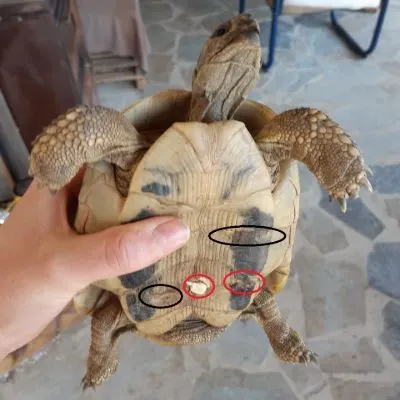
The Role of Hydration in Facilitating Shedding
The Importance of Adequate Hydration for Shedding
Hydration plays a crucial role in facilitating the shedding process for baby turtles. Just like in molting, proper hydration ensures that the old skin remains moist and pliable, making it easier to shed. Without adequate hydration, the skin may become dry and tight, leading to difficulties for the baby turtle during shedding. By providing a moist environment and encouraging water intake, you are supporting a healthy and efficient shedding process.
How Water Helps in Loosening and Removing the Old Skin
Water is an excellent aid in loosening and removing the old skin during shedding. When baby turtles are in water, it helps to hydrate their skin and make it more flexible. This flexibility allows the old skin to loosen and peel off more easily. Additionally, water helps to soften any stubborn patches of skin, ensuring that the shedding occurs smoothly without leaving behind any remnants. Providing your baby turtle with regular soaking opportunities can greatly assist in the shedding process.
Preventing Skin Cracks and Injuries through Hydration
By maintaining proper hydration levels, you are not only facilitating the shedding process but also preventing potential skin cracks and injuries. Dehydrated skin is prone to becoming brittle and less flexible, increasing the risk of skin cracks during shedding. These cracks can be painful, leading to infections and other health issues. Through optimal hydration, you are ensuring that your baby turtle’s skin remains healthy and resilient, minimizing the chances of any discomfort or injuries during shedding.
The Impact of Dehydration on Molting and Shedding
The Negative Effects of Dehydration on Molting in Baby Turtles
Dehydration can have detrimental effects on the molting process of baby turtles. When a baby turtle is dehydrated, their shell becomes dry and hardened, making it difficult for them to shed the old scute. This can lead to incomplete shedding, leaving behind remnants of the old scute that can cause discomfort and restrict the turtle’s growth. In severe cases, dehydration during molting can result in cracks or injuries to the shell, which can be life-threatening for the baby turtle.
The Negative Effects of Dehydration on Shedding in Baby Turtles
Similarly, dehydration negatively impacts the shedding process in baby turtles. Without sufficient hydration, the skin becomes dry and tight, making it harder to shed the old skin. This can result in incomplete shedding, leaving patches of old skin clinging to the baby turtle’s body. The retained old skin can cause irritation and potential infections. In some cases, severe dehydration during shedding can even lead to skin injuries or complications.
How Dehydration Can Lead to Complications and Health Issues
Dehydration during molting and shedding can lead to a range of complications and health issues for baby turtles. Incomplete shedding can result in restricted growth, discomfort, and shell or skin problems. Retained scutes or old skin can create a breeding ground for bacteria, potentially causing infections. Furthermore, skin cracks or injuries due to dehydration can expose the baby turtle to pathogens, leading to severe health issues. It is vital to recognize the potential complications of dehydration and take proactive steps to ensure optimal hydration for your baby turtle.
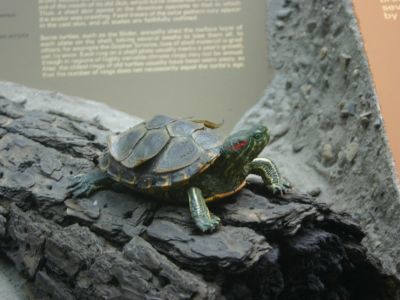
Best Practices for Hydration in Baby Turtles
Providing a Proper Water Source
One of the best practices for ensuring hydration in baby turtles is by providing a proper water source. It is recommended to have a clean and spacious water tank or pool that allows the turtle to fully submerge itself. The water level should be appropriate for the turtle’s size, ensuring that it can drink and soak comfortably.
Monitoring Water Quality and Temperature
Regularly monitoring the water quality and temperature is crucial for maintaining optimal hydration in baby turtles. The water should be clean and free from any pollutants or chemicals that may harm the turtle. Additionally, the temperature of the water should be suitable for the turtle’s species, as different species have varying temperature preferences. A temperature gradient within the tank or pool is beneficial, allowing the turtle to regulate its body temperature as needed.
Offering Soaking Opportunities and Humidity
Providing regular soaking opportunities and maintaining humidity levels in the turtle’s environment are effective ways to promote hydration. Allowing the baby turtle to soak in water for short durations throughout the day allows it to hydrate and maintain moisture in its shell and skin. Additionally, providing a humid environment, especially during shedding or molting periods, helps to prevent dehydration and aid in the shedding process.
Maintaining a Balanced Diet and Nutrition
Proper nutrition plays a crucial role in hydration for baby turtles. Providing a balanced diet that meets the turtle’s nutritional requirements is essential for their overall health and hydration. Including foods with high water content, such as leafy greens and fruits, can contribute to their hydration. It is important to consult with a veterinarian or reptile specialist to ensure you are meeting your baby turtle’s specific dietary needs.
Common Mistakes in Hydration Practices
Inadequate Access to Clean and Fresh Water
One common mistake in hydration practices for baby turtles is providing inadequate access to clean and fresh water. Turtles require a constant supply of clean water to stay hydrated and maintain their overall health. Stagnant or dirty water can harbor bacteria and pathogens, leading to health issues. Regularly refreshing the water and keeping the water source clean is crucial for their hydration.
Neglecting Temperature and Humidity Requirements
Another common mistake is neglecting the temperature and humidity requirements of baby turtles. The temperature of the water and the overall humidity levels in the tank or enclosure should align with the turtle’s specific needs. Failure to provide the appropriate temperature or humidity can result in dehydration and hinder the molting and shedding processes.
Lack of Proper Diet and Nutrition Awareness
Many turtle owners overlook the importance of a proper diet and nutrition in maintaining hydration. Feeding them a balanced diet that includes foods with high water content is essential for keeping them hydrated. Lack of nutritional awareness can lead to dehydration and other health issues. Educating oneself about the dietary needs of baby turtles and consulting with experts can contribute to their overall hydration and well-being.
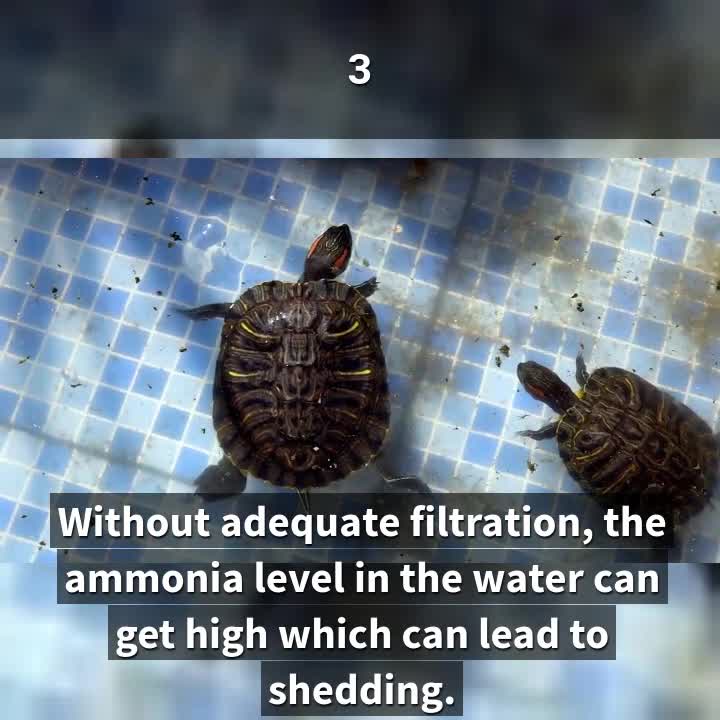
Conclusion
Recognizing the importance of hydration in the molting and shedding processes for baby turtles is crucial for their overall health and well-being. Understanding the definition and stages of molting and shedding allows us to appreciate the significance of these processes. We have explored the role of hydration in facilitating molting and shedding, as well as the negative impacts of dehydration on them. By implementing best practices such as providing a proper water source, monitoring water quality and temperature, offering soaking opportunities and humidity, and maintaining a balanced diet and nutrition, you can ensure optimal hydration for your baby turtle. By avoiding common mistakes and taking proactive steps, you are promoting healthy molting and shedding processes, ultimately creating a thriving environment for your beloved reptilian companion.
